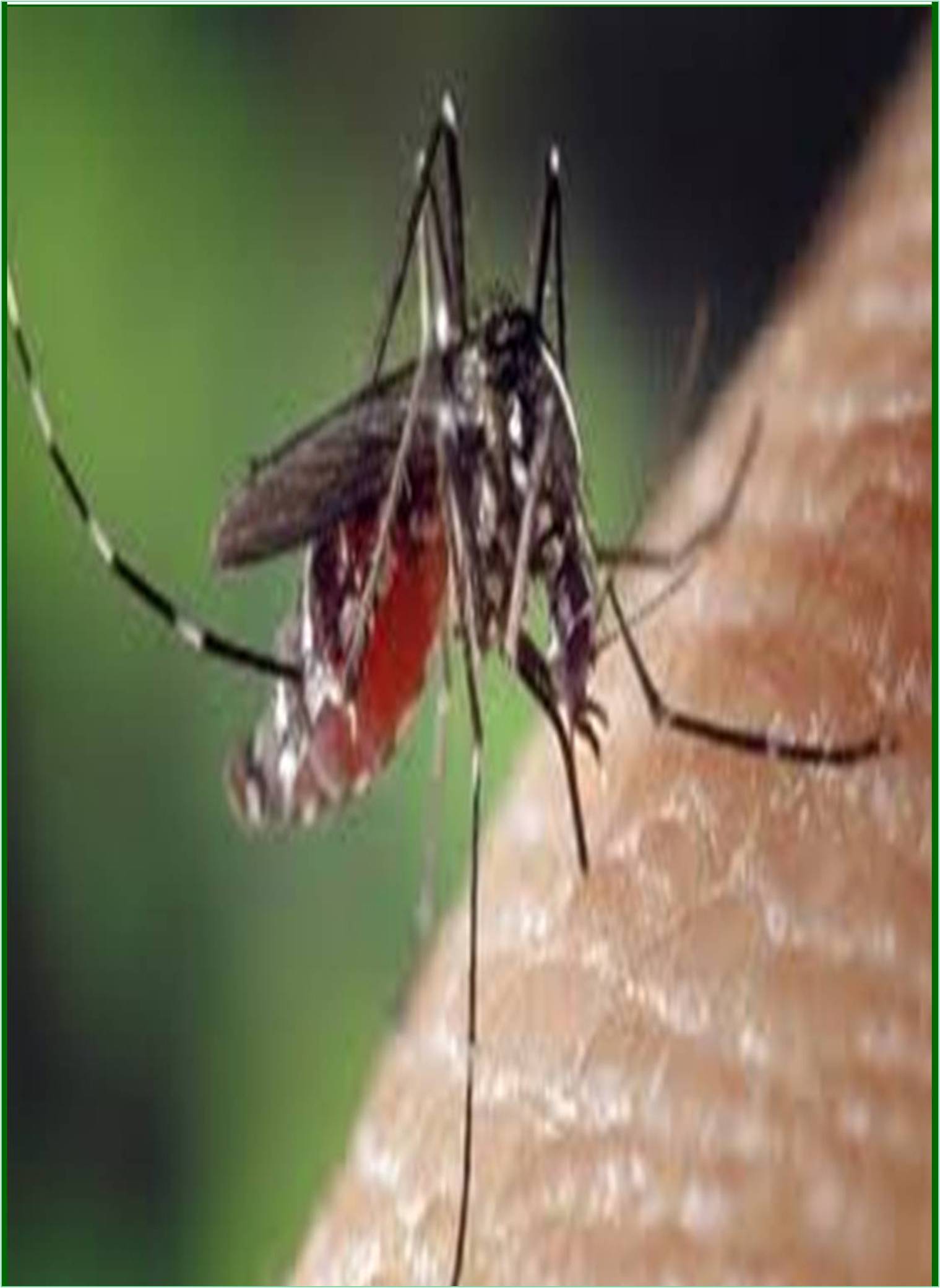



Received: 28-Nov-2022 Editor assigned: 30-Nov-2022 Reviewed: 14-Dec-2022 Revised: 21-Dec-2022 Published: 28-Dec-2022, DOI: 10.15651/JFTD.22.3.18
Neglected Tropical Diseases (NTDs) are a group of 20 parasitic and bacterial infections that affect over one billion people in the world's poorest communities. These diseases, which include dengue fever, leprosy, and river blindness, disproportionately affect marginalized communities in low- and middle-income countries. The COVID-19 pandemic has created significant challenges for NTD control and elimination efforts, exacerbating already existing barriers and hindrances to progress. In this essay, we will explore the challenges faced in addressing neglected tropical diseases during the COVID-19 pandemic.
Challenges faced in addressing neglected tropical diseases amidst the covid-19 pandemic
Disruption of healthcare services: The COVID-19 pandemic has disrupted health systems globally, including NTD control programs. The diversion of resources to COVID-19 control efforts, the suspension of non-essential health services, and the closure of borders have disrupted NTD control efforts. The delivery of essential NTD services, including mass drug administration and community health outreach programs, has been interrupted, leading to reduced coverage and delayed treatment. The lack of access to routine health services during the pandemic has increased the risk of complications and disabilities from NTDs, potentially leading to an increase in NTD-related morbidity and mortality.
Increased economic burden: The COVID-19 pandemic has caused significant economic disruption, leading to reduced government funding for NTD control programs. The diversion of resources to COVID-19 control efforts has resulted in reduced funding for NTD programs, leading to reduced coverage and delays in treatment. In addition, the economic impact of the pandemic has led to increased poverty levels, reducing access to health care services, including NTD control efforts. The reduced funding for NTD control programs is likely to have longterm effects on NTD control and elimination efforts.
Reduced community engagement: The COVID-19 pandemic has led to reduced community engagement in NTD control programs. Fear and misinformation about COVID-19 have led to reduced community participation in NTD control programs, including mass drug administration and community health outreach programs. The reduced community engagement in NTD control programs is likely to lead to reduced coverage and delays in treatment, which could exacerbate the burden of NTDs in affected communities.
Reduced research and development: The COVID-19 pandemic has disrupted research and development efforts for NTDs. The diversion of resources to COVID-19 research has led to reduced funding for NTD research and development, leading to delays in the development of new treatments and diagnostics. The reduced research and development efforts for NTDs are likely to have longterm effects on NTD control and elimination efforts.
Limited access to essential medicines and diagnostics: The COVID-19 pandemic has led to limited access to essential medicines and diagnostics for NTDs. The closure of borders and reduced transportation services has led to delays in the delivery of essential medicines and diagnostics for NTDs. The reduced access to essential medicines and diagnostics is likely to have long-term effects on NTD control and elimination efforts.
Increased risk of co-infections: The COVID-19 pandemic has increased the risk of co-infections with NTDs. The immune system's weakening due to COVID-19 infection increases the susceptibility to NTDs, potentially leading to an increase in NTD-related morbidity and mortality. The increased risk of coinfections is likely to have long-term effects on NTD control and elimination efforts.